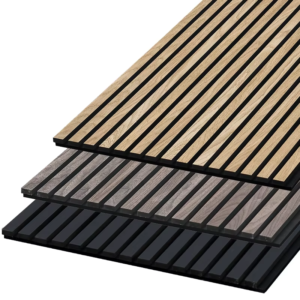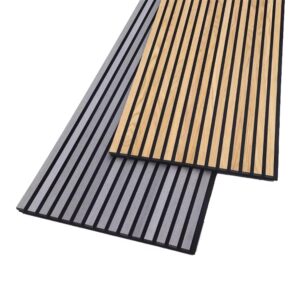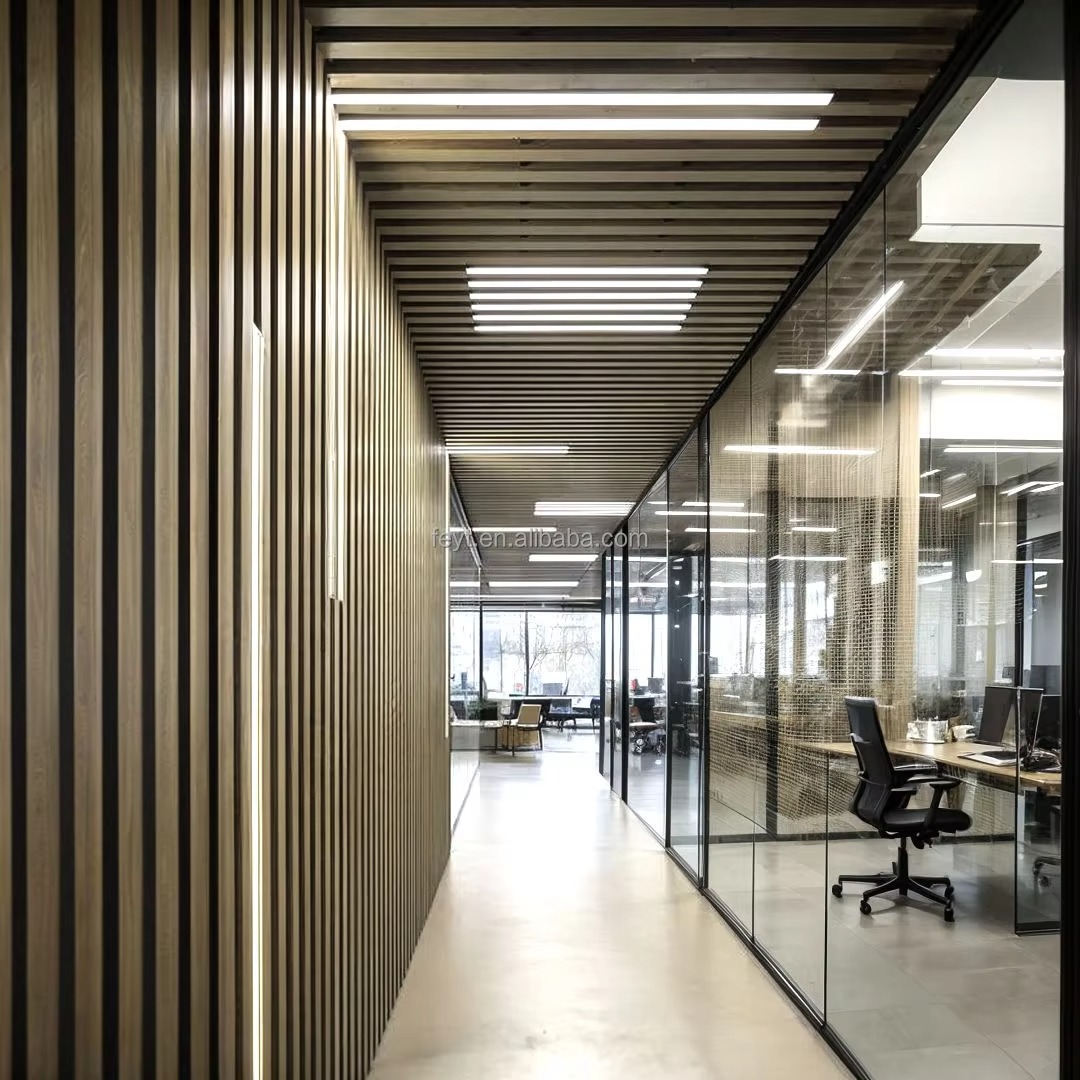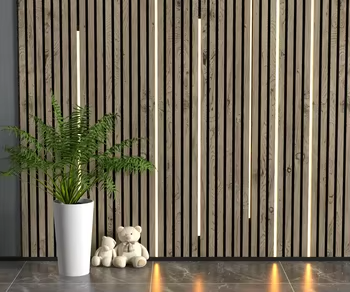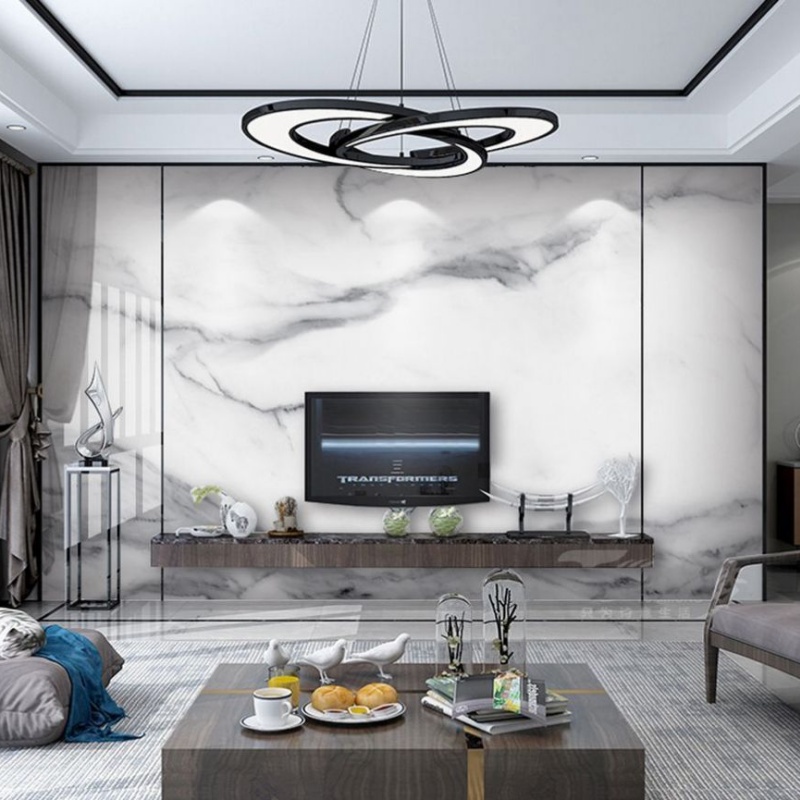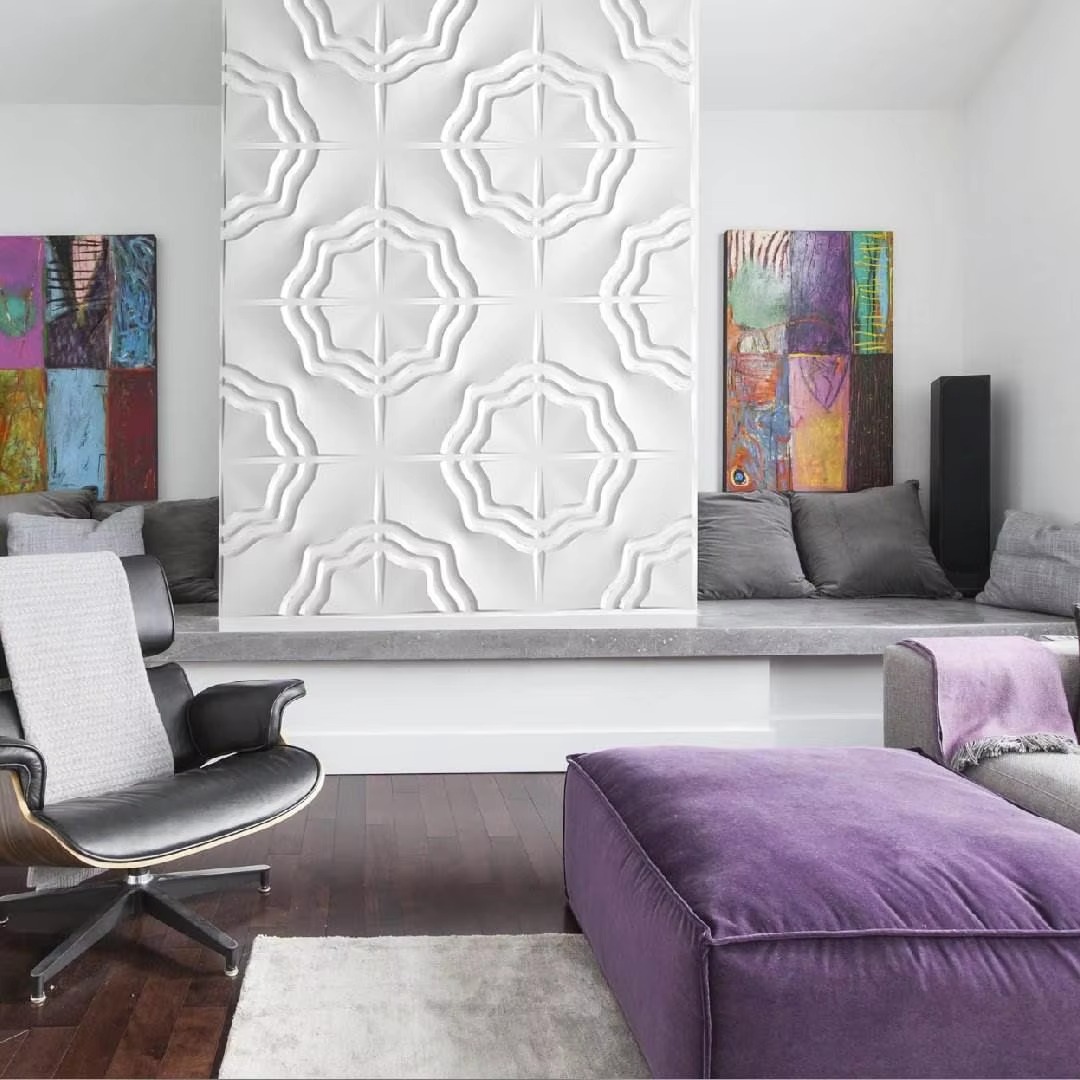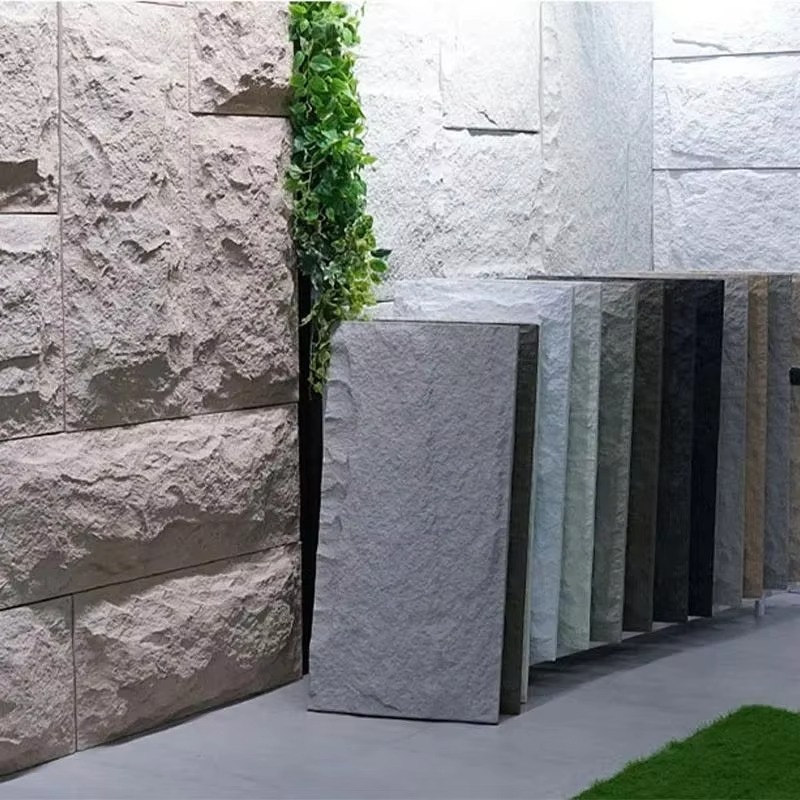Noise pollution has become a common problem in modern life. Whether it is the noise of the city, the activities of neighbors, or the operation of indoor appliances, it may affect our quality of life, work efficiency and sleep quality. Long-term exposure to noisy environments can even lead to hearing damage, increased stress and health problems. In the face of these challenges, acoustic panels, as a professional noise reduction solution, are being adopted by more and more people. This article will guide you on how to use acoustic panels correctly to effectively reduce room noise and create a quiet and comfortable living space.
Part I: Understanding Noise and Acoustic Panels
Sources and Types of Noise
Before solving the noise problem, you first need to understand the types of noise:
– **Airborne noise**: sound waves transmitted through the air, such as conversation, TV, music, etc.
– **Structure-borne noise**: sound waves transmitted through the building structure, such as footsteps, impacts, vibrations, etc.
– **Reverberation noise**: continuous sound waves formed by multiple reflections of sound in the room, which will cause the sound to be unclear.
Working principle of acoustic panels
Acoustic panels reduce noise by absorbing sound energy and reducing sound wave reflections. When sound waves hit the acoustic panel, part of the energy is converted into heat energy, thereby reducing the intensity of the sound waves reflected back to the room. Acoustic panels of different materials and structures have different sound absorption effects and applicable frequency ranges.
Types and selection of acoustic panels
Common acoustic panel materials on the market include:
– **Polyester fiber acoustic panel**: environmentally friendly, lightweight, easy to install, suitable for home use.
– **Wooden acoustic panel**: beautiful appearance, good mid-high frequency sound absorption effect.
– **Foam acoustic panel**: affordable, but poor durability, suitable for temporary use.
– **Glass wool acoustic panel**: good sound absorption effect, but installation requires professionals.
When choosing an acoustic panel, it should be decided based on the purpose of the room and the main type of noise. For example, a bedroom can choose a polyester fiber panel that absorbs mid-high frequency noise, while a recording studio requires a composite material acoustic panel that absorbs full-frequency sound.
Click to learn more about our Acoustic Panels →
Part II: Installation and Application of Acoustic Panels
Determine the noise source and reflection point
Effective noise reduction must first identify the main noise source and reflection point:
– Use a sound level meter or simple recording equipment to locate the noise source.
– Pay attention to the main reflection area of the sound in the room, usually parallel hard walls, ceilings and floors.
Choose a suitable installation location
– **Near the noise source**: Install the acoustic panel directly around the noise source, such as the TV background wall, near the speaker.
– **Reflection area**: Install in areas where sound is easily reflected, such as the center of the ceiling, the opposite wall, etc.
– **Coverage consideration**: Generally speaking, covering 20%-30% of the room surface area with acoustic panels can achieve good results. Too little coverage will not be obvious, and too much coverage may cause the room to be too “dead”.
Correct installation method
– **Wall installation**: Special glue, Velcro or keel can be used for fixing. Keep it flat during installation to avoid deformation.
– **Ceiling installation**: Usually use ceiling keels or special hangers. Make sure the ceiling structure is firm before installation.
– **Cutting and splicing**: Use a sharp knife to cut as needed, and the cut should be smooth. Pay attention to minimizing the gap when splicing.
Acoustic treatment solutions for different rooms
– **Living room**: TV background wall and sofa background wall are the main installation locations. You can choose beautiful wooden or fabric acoustic panels.
– **Bedroom**: Installing acoustic panels on the headboard background wall can reduce reflected noise and improve sleep quality.
– **Recording studio/home theater**: All-round acoustic treatment is required, including walls, ceilings and floors. Usually a combination of acoustic materials of different densities and thicknesses is used.
– **Office/conference room**: Acoustic treatment of ceilings and walls can improve speech clarity and reduce reverberation interference.
Click to learn more about our Acoustic Panels →
Part III: Auxiliary measures to improve noise reduction effect
Use sound insulation materials
– Installing sound insulation felt or sound insulation cotton inside the wall, under the floor and above the ceiling can effectively reduce structure-borne noise.
– Focus on walls or floors adjacent to the noise source.
Sealing doors and windows
– Replacing doors and windows with double-glazed or soundproofed windows and doors can significantly reduce external noise.
– Use sealing strips to fill the gaps between doors and windows to prevent sound leakage.
Soft furnishings
– Use soft furnishings such as heavy curtains, carpets and fabric sofas to increase the sound absorption area of the room.
– Reduce the use of hard furniture and reflective surfaces such as glass.
Furniture placement
– Avoid placing large furniture between parallel walls to reduce standing waves.
– Use irregularly shaped objects such as bookcases and plants to break the reflection path of sound waves.
Conclusion
Acoustic panels are an effective tool for solving room noise problems. Through correct selection, installation and coordination with other noise reduction measures, the indoor sound environment can be significantly improved. When implementing acoustic treatment, personalized solutions should be developed according to the specific noise problem and room purpose, and attention should be paid to the balance between beauty and practicality. Through these efforts, we can create a quiet and comfortable living space, away from noise troubles, and improve the quality of life.
Remember, the best acoustic treatment is not to completely eliminate all sounds, but to create a balanced acoustic environment that reduces unwanted noise interference while maintaining the necessary sound clarity. Whether it is for a better working environment, a higher quality rest space, or professional recording needs, the proper use of acoustic panels can bring significant improvements.
Contact us today and tell us which wall paneling/wallpaper you need and we will give you a free quote for your project!



